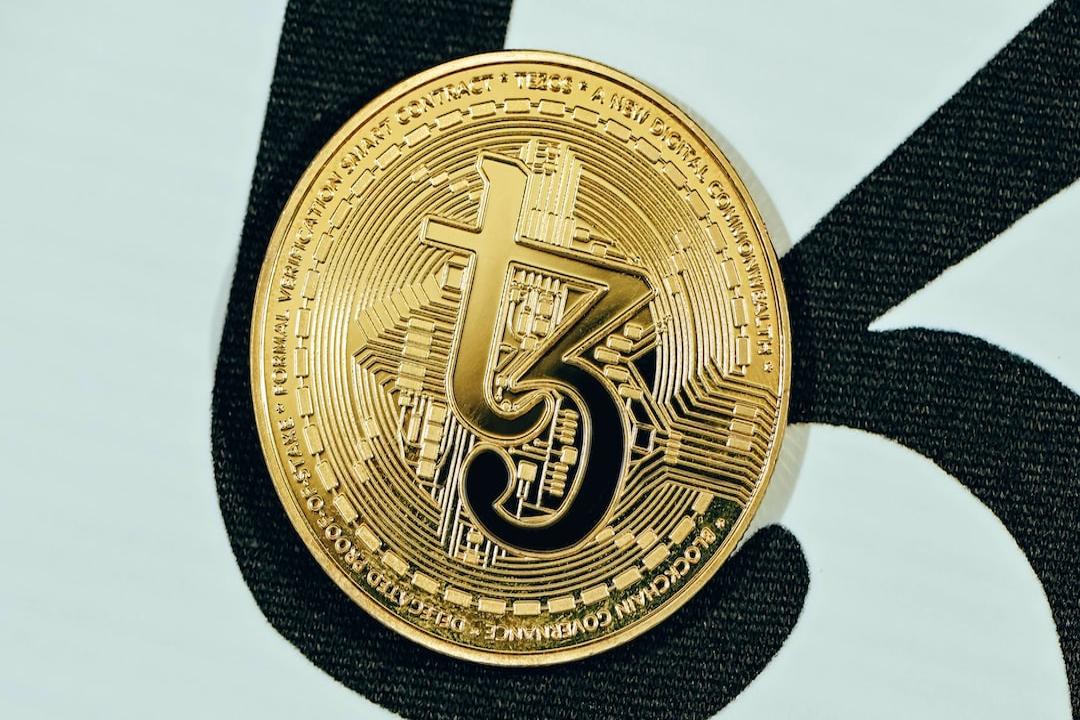ReStaking is considered to be another accelerator for Ethereum in this bull market, in addition to the upgrade to the Cancun and the spot ETF. This article provides an overview of the principles, advantages and disadvantages, and ecosystem projects of ReStaking, in order to help readers understand this DeFi narrative.
What is ReStaking and how does it work?
As the name suggests, “ReStaking” refers to re-staking assets after the initial staking. The working principle allows the already staked ETH to be staked again in another staking scheme or platform, aiming to increase the utility of the staked assets and provide additional rewards to the holders. However, on the other hand, it also brings new staking risks to the stakers, and users need to carefully select the platform.
Types of ReStaking
ReStaking allows users to stake the same ETH on the Ethereum mainnet and other protocols, ensuring the security of all these networks at once. There are two types of staking:
1. Local ReStaking
Local ReStaking is operated through a set of smart contracts and is only open to users who operate Ethereum verification nodes.
2. Liquidity ReStaking
Liquidity ReStaking utilizes liquidity staking tokens. Usually, while users stake on the platform to earn profits, the platform will provide them with a liquidity staking token (LST) to prove the liquidity they provide. Liquidity ReStaking is the process of staking LST on other ReStaking protocols to obtain higher returns. These DApps are usually called Active Verification Services (AVSs) and can obtain secure infrastructure through ReStaking.
What are Liquidity ReStaking Tokens?
Liquidity ReStaking Tokens (LRT) represent the evolution of liquidity staking tokens (LST). They serve as liquidity for ETH, but can generate additional returns on top of ETH staking rewards. The difference between the two is as follows:
LST:
Users deposit ETH into the protocol and receive tokens that prove liquidity. The protocol stakes ETH on Ethereum and distributes rewards to the stakers.
LRT:
Users deposit ETH or LST into the ReStaking protocol and receive tokens that prove ReStaking. The protocol stakes ETH or LST in the ReStaking protocol and distributes rewards to the stakers.
Advantages and disadvantages of ReStaking
Advantages:
Leverage of returns: ReStaking allows users to obtain multiple returns from the same asset.
Improved capital efficiency: Users can further participate in other staking projects, lending, and stablecoin minting without withdrawing their original staked assets, effectively improving capital efficiency.
Reduction of selling pressure: ReStaking makes the original tokens more useful, thereby avoiding selling pressure.
Disadvantages:
Asset loss risk: If a node engages in improper behavior, your assets are at risk of being seized or fined, which may result in partial or total loss of assets.
Smart contract risk: If the network is subjected to a hacker attack, you may lose all of your assets.
Asset bubble: The market value no longer reflects the true value of new wrap tokens or tokens, leading to market value inflation. In addition to the platform, using assets that represent value locked in validators to mint stablecoins increases risk.
Excessive tokens in the market: When there are too many tokens in the market, DeFi newcomers are easily confused and susceptible to scams. Especially low-quality projects that mint a large number of junk tokens will flood the cryptocurrency market.
Introduction to Ethereum ReStaking Projects
1. EigenLayer
EigenLayer is the first project to develop and introduce the ReStake model to the community. It introduces the concept of ReStaking, allowing Ethereum nodes to re-stake their staked ETH or LSD tokens into other protocols or services that require security and trust, thereby gaining double rewards and governance rights. It also extends the utility of Ethereum’s consensus layer to various protocols such as middleware, data availability layers, and sidechains, allowing them to enjoy Ethereum-level security at a lower cost.
EigenLayer has received a total investment of $64.5 million from Blockchain Capital, Coinbase Ventures, Polychain Capital, Electric Capital, and other investors. It has also received a staggering $100 million investment from well-known US crypto venture capital firm a16z.
2. Renzo
Renzo is a liquidity ReStaking protocol based on the Ethereum ReStaking protocol EigenLayer. It enables users to easily ReStake Ethereum on EigenLayer. Its main contributor, Lucas Kozinski, stated that Renzo was created to allow users to participate better in EigenLayer.
Renzo has already been listed on Binance and is priced at $0.149, with a circulating market value of $170 million.
3. ether.fi
ether.fi is a decentralized, non-custodial staking protocol that allows stakers to control their keys throughout the entire staking process, from creation to redemption. They can withdraw their ETH at any time to retrieve their assets, adhering to the concept of “Your keys, Your crypto.”
It is worth mentioning that ether.fi has also gained the favor of legendary trader and BitMEX founder Arthur Hayes, and his family office fund Maelstrom has previously invested in ether.fi.
Ether.fi has been listed on exchanges such as Binance and OKX, with a price of $4.743 and a circulating market value of $546 million.
In addition, there are other developments in the ReStaking field, such as the secret funding of a new ReStaking project called “Symbiotic” by the founder of Lido and Paradigm, which supports deposits of any ERC-20 tokens and has discussed integration methods with teams in the ReStaking ecosystem. Renzo, a liquidity ReStaking protocol, has been launched on Binance Launchpool, and Puffer Finance, a popular Ethereum ReStaking project, has completed an $18 million Series A financing and is about to launch its mainnet. EigenLayer has received a $100 million investment from a16z, and more news related to Ethereum ReStaking can be found by clicking the link provided.

